Forget full-frame, the new Fujifilm GFX100S II delivers affordable medium-format quality
It's Fujifilm's cheapest-ever 100MP camera at launch
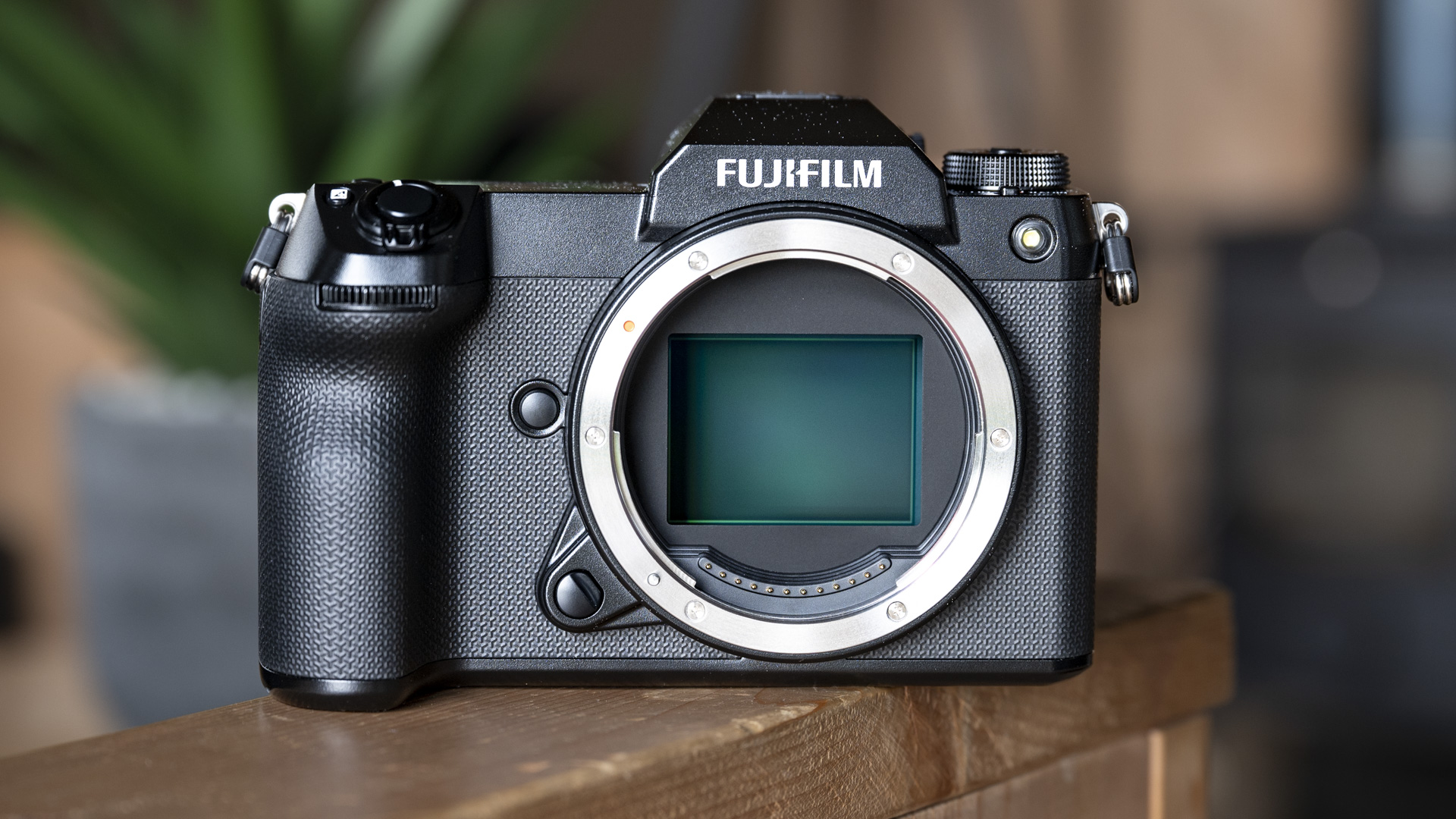
The new GFX100S II is Fujifilm’s cheapest medium-format camera with a 100MP sensor yet at launch, and it's aggressively priced at $4,999 / £4,999 / AU$8,699 body only.
That high-resolution medium-format sensor offers a degree of detail in your pictures that full-frame cameras can't match – even the class-leading and similarly-priced Sony A7R V and Leica Q3.
We're now in a world where the most affordable medium-format cameras are priced at the same level as professional full-frame models, and so the best camera for you might be based more on your user experience and needs rather than your budget and sensor size preference.
Photographers who want the best possible detail will be drawn to the GFX100S II, while those who need a camera that's as adept at capturing action sequences as it is detail will look to a model like the Sony A7R V.
That said, the GFX100S II is a much faster camera than the now-discontinued GFX100S – which, in case you're interested, has been at record-low sale prices for a number of months now – it's just $4,399 at B&H Photo, £3,499 at WEX or AU$5,899 at Diamonds Camera.
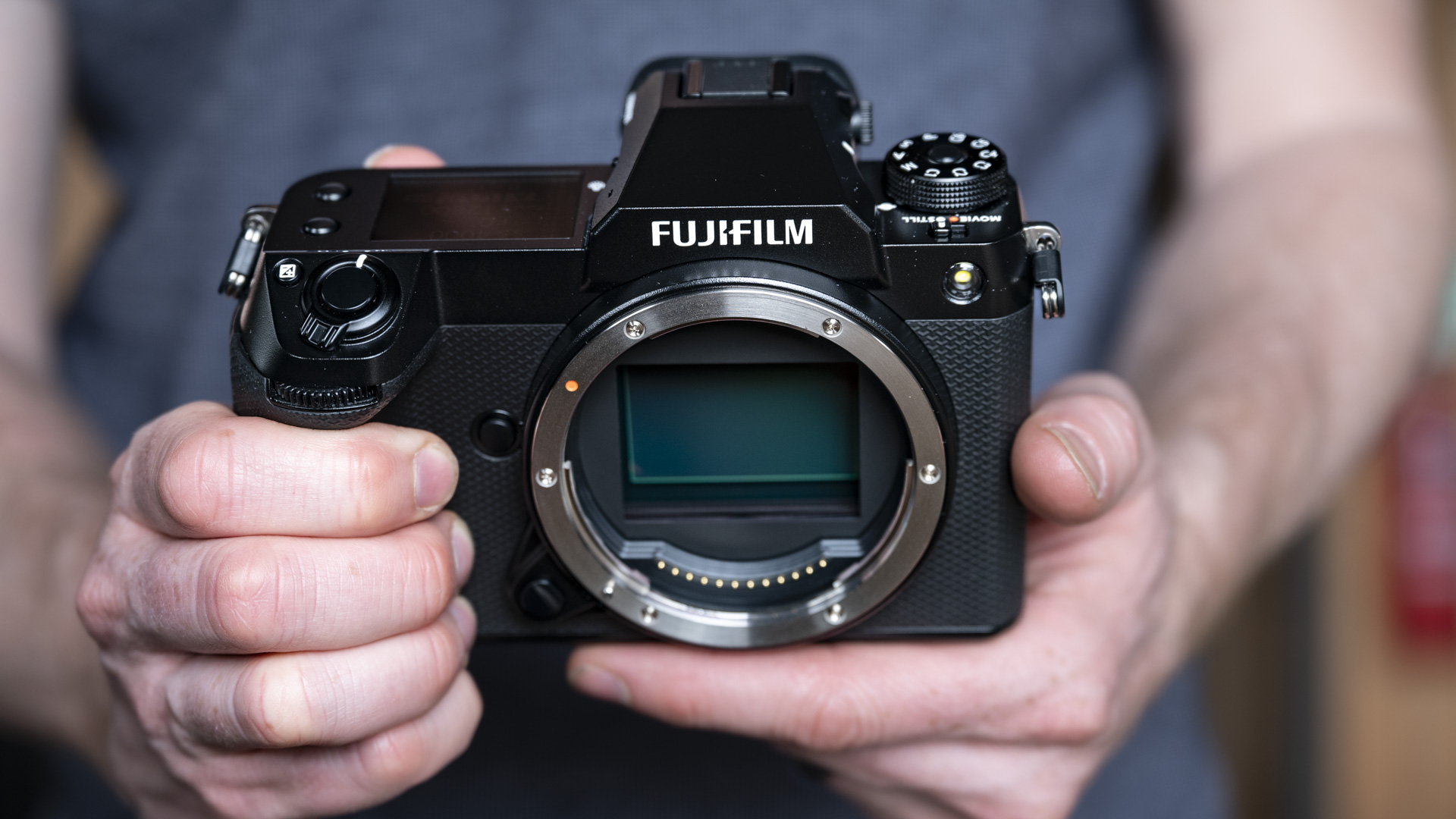
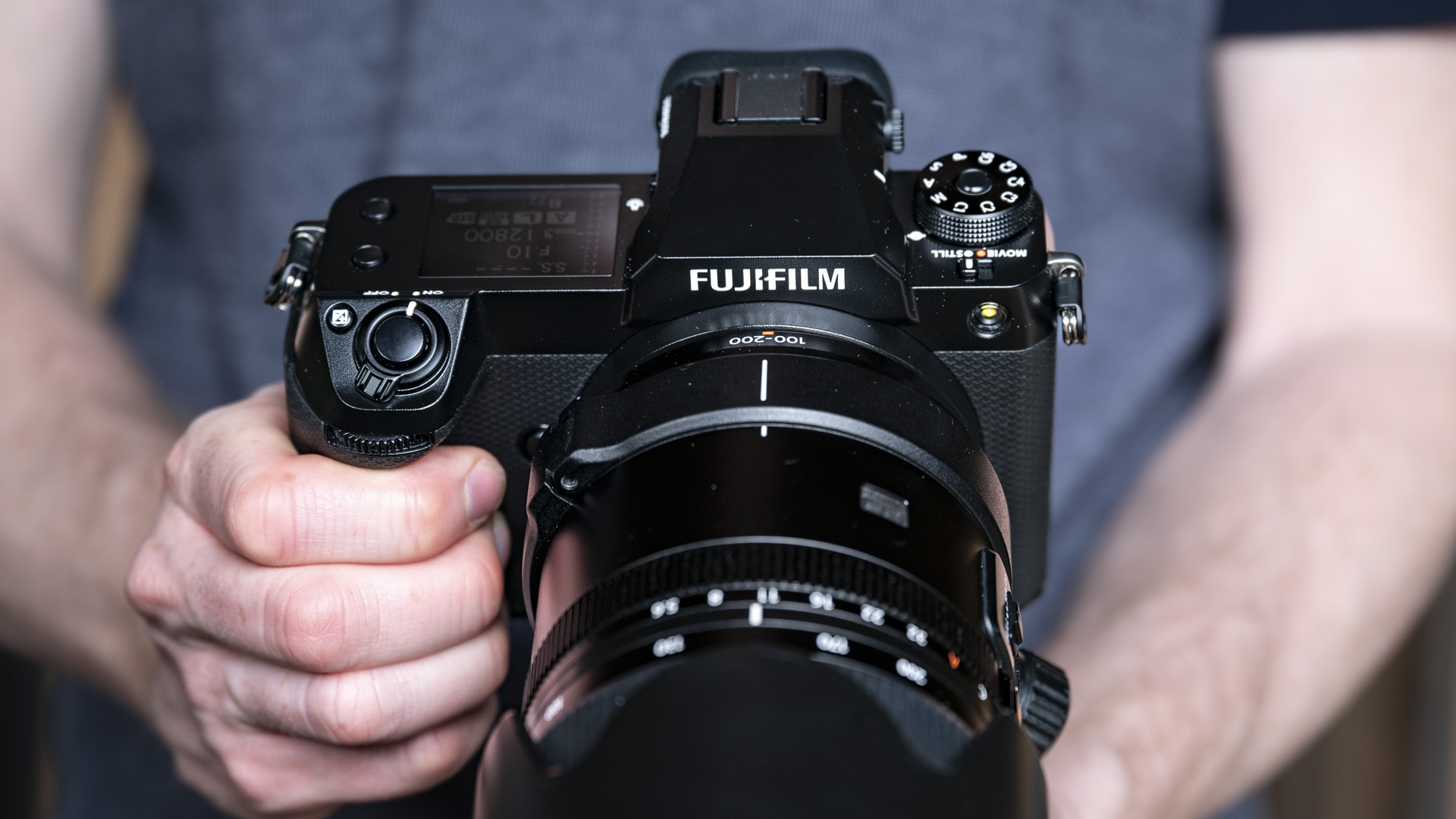
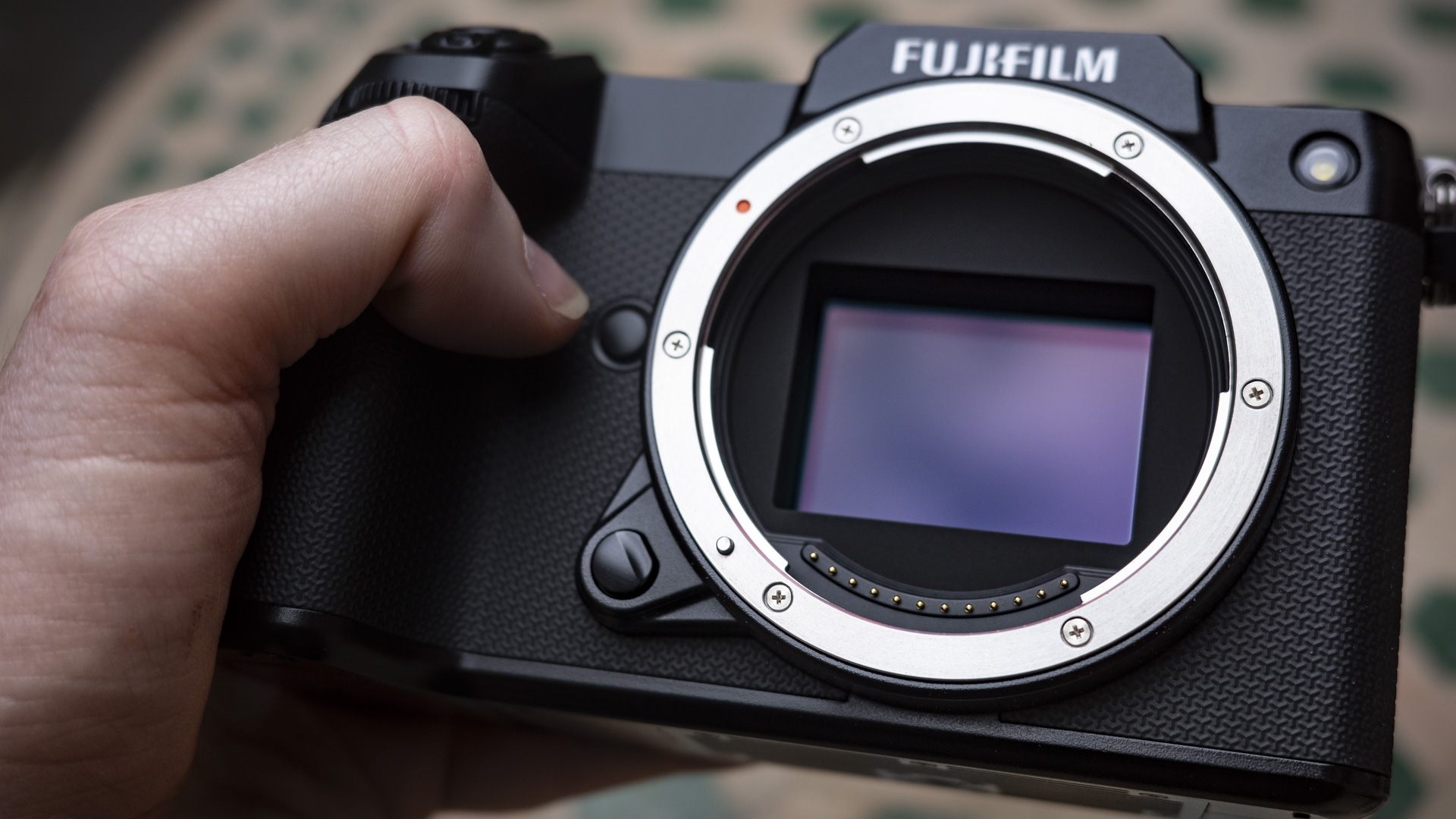
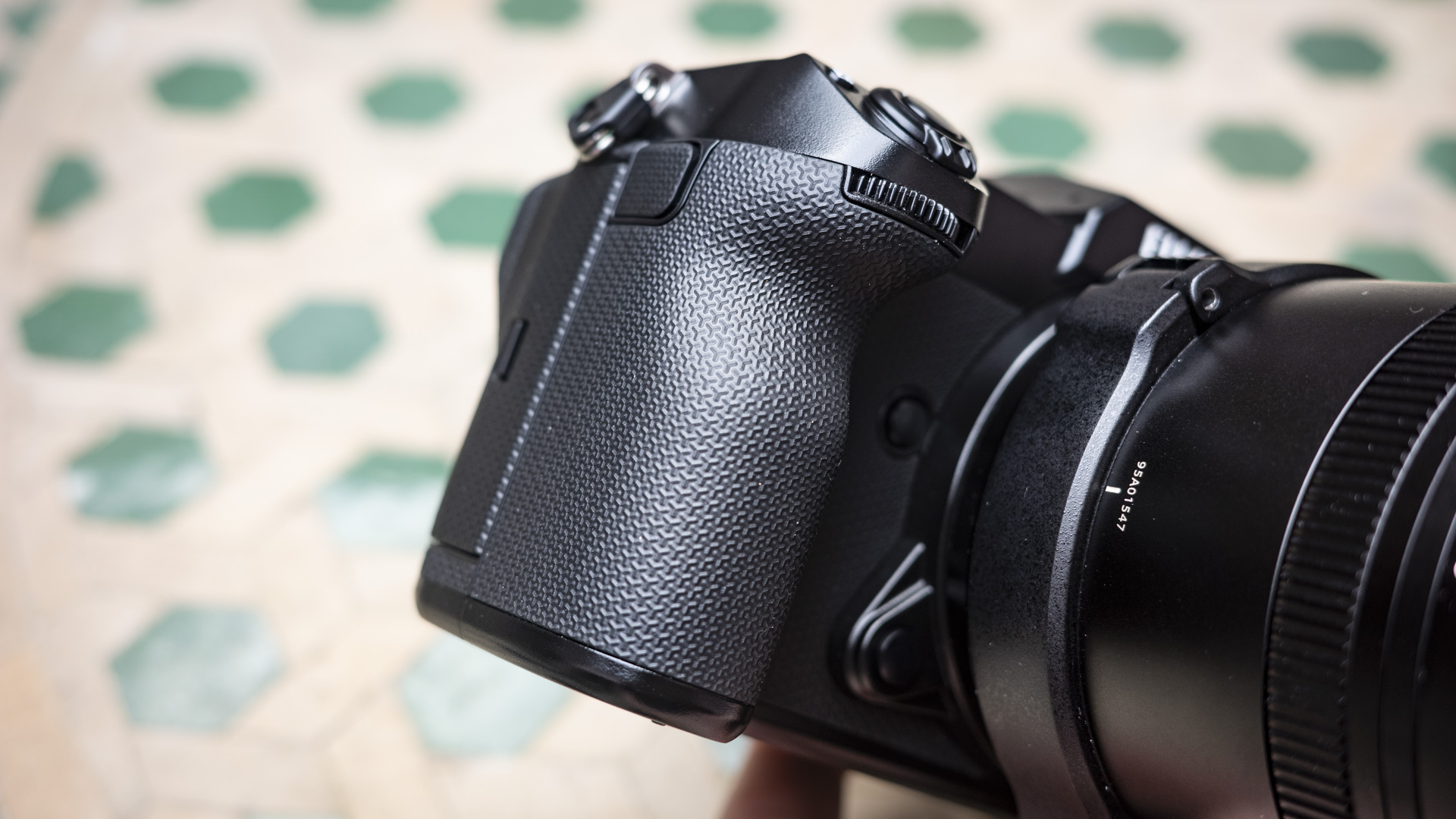
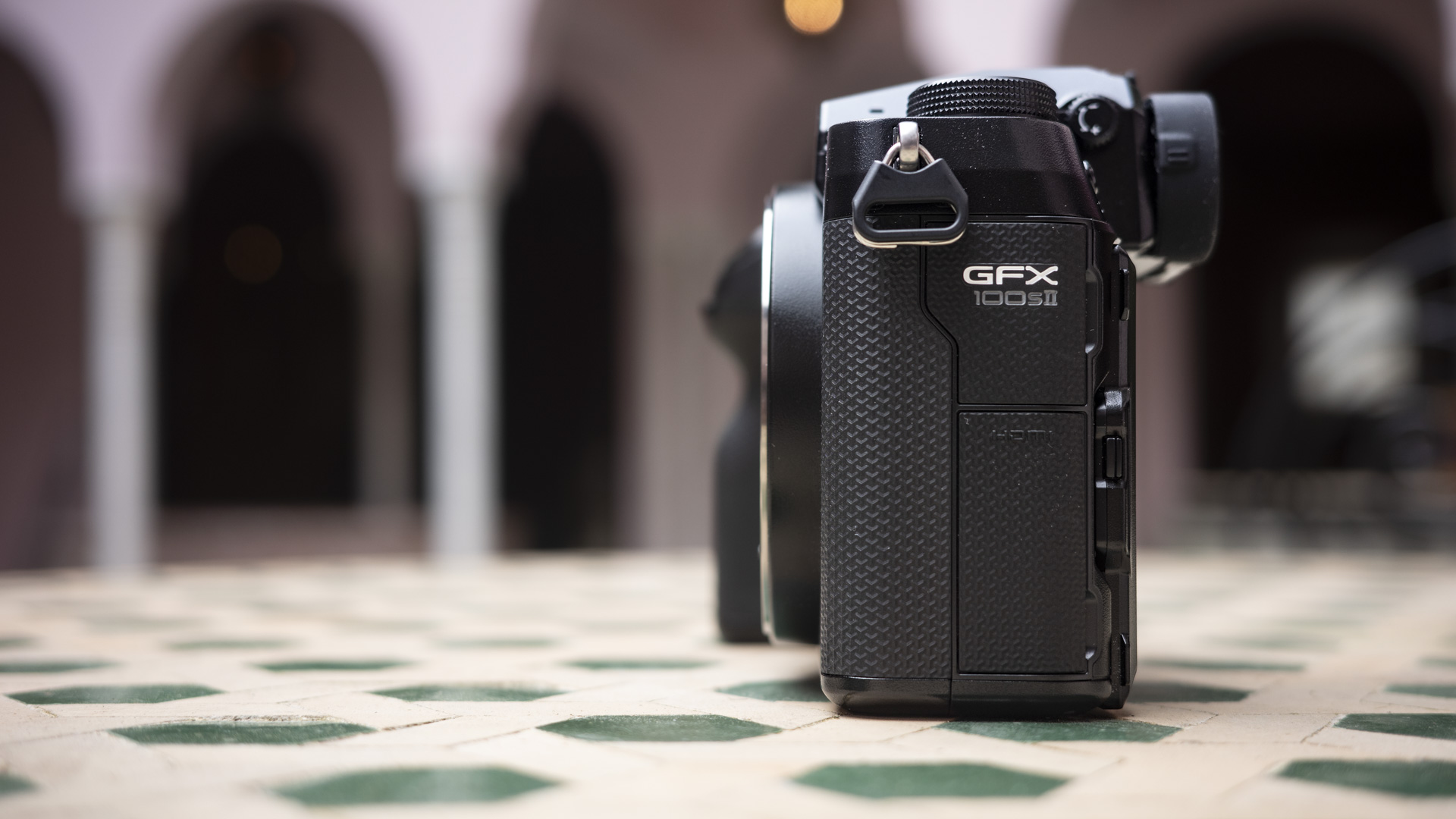
The GFX100S II has Fujifilm's latest processor and a refined version of the 102MP sensor, although its read-out speed isn't quite as fast as that of the stacked 'HR' version of the sensor in the pricier GFX100 II.
The sensor is also equipped with eight stops of image stablisation, depending on the lens in use, a feature which is supremely useful when shooting handheld at such a high resolution, when cameras are otherwise much less forgiving of camera shake.
Sign up for breaking news, reviews, opinion, top tech deals, and more.
Despite capturing such big files sizes, the GFX100S II is able to rattle off up to seven frames per second, while it packs subject detection and tracking autofocus for people, animals and vehicles.
There's also a superb dual-axis vari-angle touchscreen, and an improved viewfinder which now has a 5.76m-dot resolution and 100fps refresh rate. The viewfinder is fixed in position, unlike the removable GFX100 II unit, while there's no option for a battery grip, again unlike the modular GFX100 II.
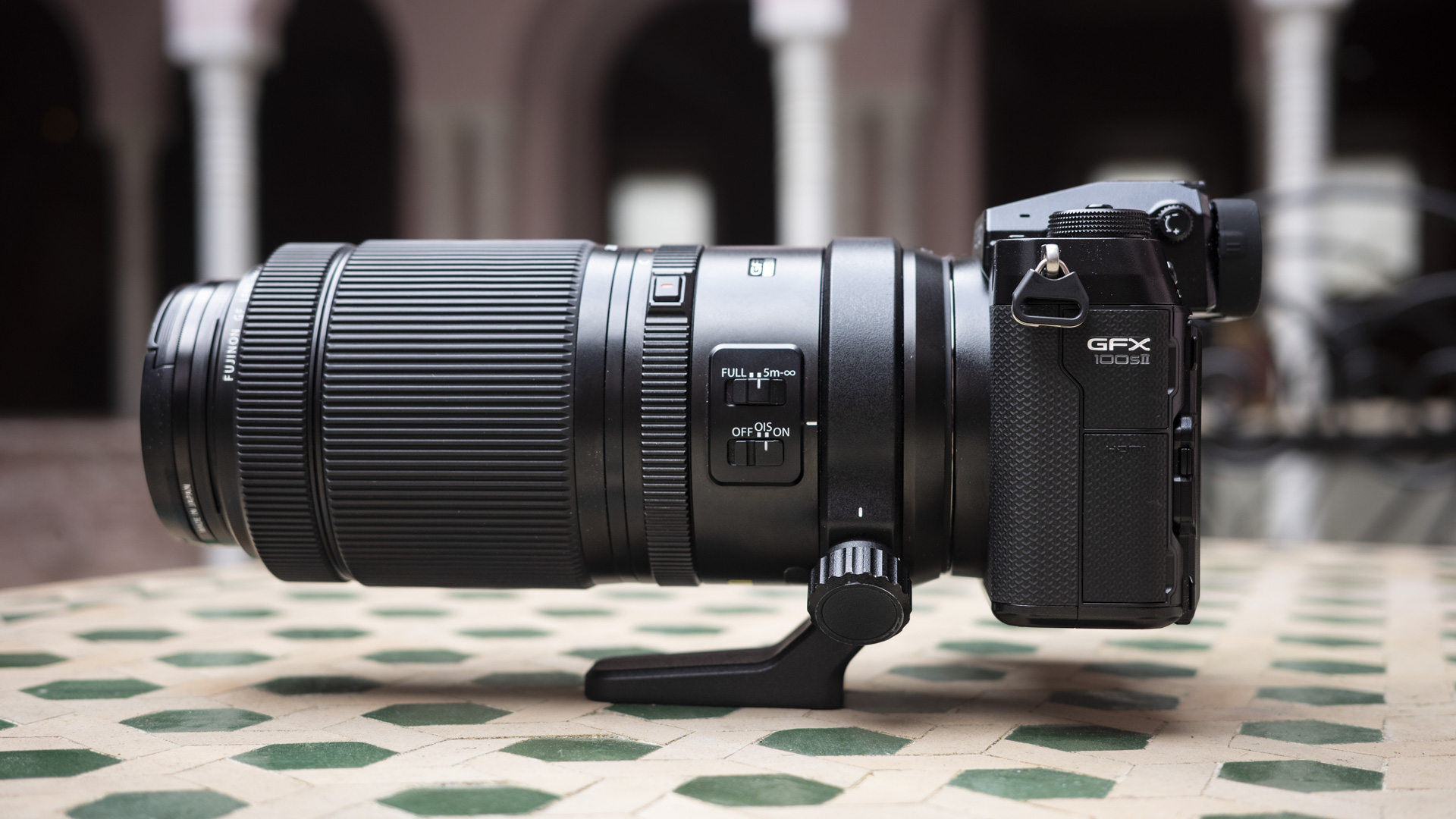
The aesthetics have changed, too, with modern design cues taken from the GFX100 II – the first Fujifilm model dressed in a bishamon tex leather exterior. However, the body and control layout are otherwise the same as the traditional-looking GFX100S, meaning you get a comfortable grip and useful top LCD.
Ultimately the GFX100S II sits somewhere between the outgoing GFX100S and the flagship GFX100 II, bringing faster performance to the base model and an enhanced 100MP sensor with stabilization, for only a small mark-up overs its predecessor's sale price.
I've already had some hands-on time with the GFX100S II, together with the new GF 500mm f/5.6 telephoto lens. I was able to capture some fantastic-looking and detail-rich photos of exotic animals in a UK wildlife reserve, though its autofocus performance wasn't quite as good as I'd hoped for.
The on-sale date for the GFX100S II, and the new GF 500mm f/5.6 lens, is June 17, with the lens priced at $3,499 / £3,499. AU$6,099. There's no word yet on whether the GFX100S II will be available as a bundle with a kit lens.
You might also like

Tim is the Cameras editor at TechRadar. He has enjoyed more than 15 years in the photo video industry with most of those in the world of tech journalism. During his time as Deputy Technical Editor with Amateur Photographer, as a freelancer and consequently editor at Tech Radar, Tim has developed a deeply technical knowledge and practical experience with cameras, educating others through news, reviews and features. He’s also worked in video production for Studio 44 with clients including Canon, and volunteers his spare time to consult a non-profit, diverse stories team based in Nairobi. Tim is curious, a keen creative, avid footballer and runner, and moderate flat white drinker who has lived in Kenya and believes we have much to enjoy and learn from each other.